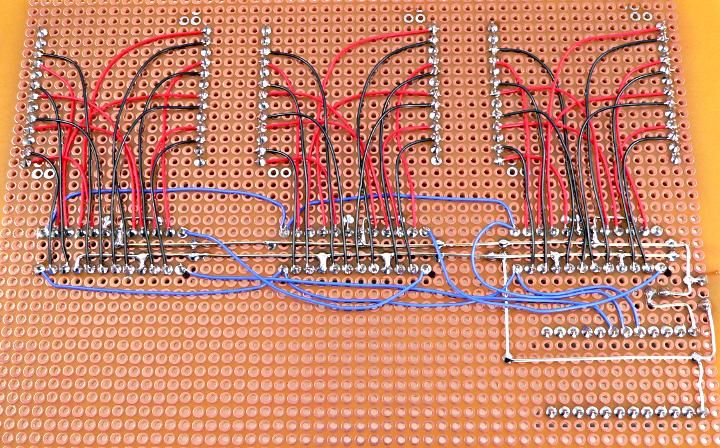bLackburst
Active member
I'd love to see how everyone physically wires their projects so I can do it in the neatest way, especially for projects with a number of I/O. There's a world of breakouts, protoshields, adapters, perfboards, connectors but I'd like to see what has worked best for you with the Teensy pin config and pick up some tips along the way. I struggle choosing connectors for a modular setup too. It would be great to keep the posts photo-heavy or at least concise in regards to wiring advice for future beginners. Thanks!


